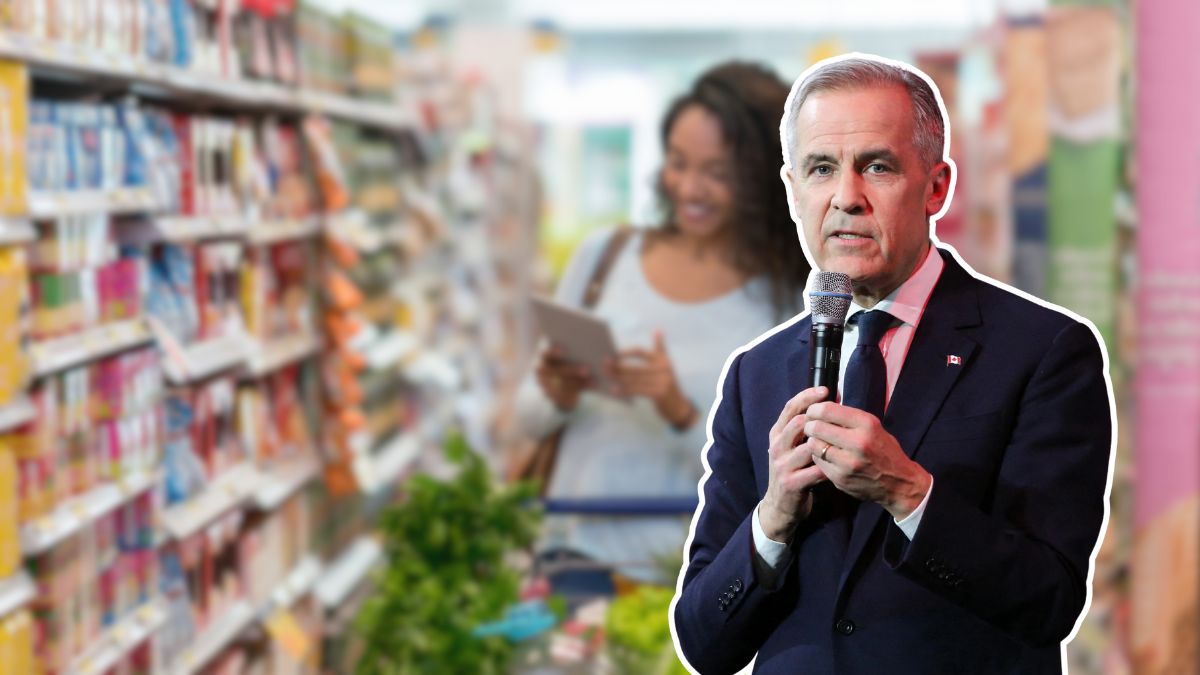Starting September 15 2025 the Canadian government will roll out a Grocery Card Program designed to help low-income households afford nutritious food amid soaring grocery prices.
Under this initiative, eligible families will receive reloadable grocery cards with monthly credits ranging from \$100 to \$250, depending on household size and income level. Backed by a \$1.2 billion federal budget over two years, the program aims to provide both financial relief and dignity of choice for recipients.
What Is the Canada Grocery Card Program?
The Grocery Card Program delivers prepaid grocery cards that can be used at major national chains such as Walmart, Loblaws, Metro, and Sobeys, as well as participating local grocers.
Cards will be issued in both physical and digital formats and will be strictly limited to food purchases—ensuring funds directly support nutritional needs rather than non-essential items.
Key Features of the Program
- Monthly reloads: Between \$100 and \$250
- Automatic eligibility: Based on Canada Revenue Agency (CRA) 2024 tax return data
- Convenient use: Accepted at large retailers and local grocery stores nationwide
- Food-only access: No cash withdrawals or non-food purchases permitted
Who Qualifies and How Much Will You Receive?
Eligibility will be determined automatically—no formal application is required. Criteria include:
- Filing of a 2024 income tax return
- Household income below the Low-Income Cut-Off (LICO)
- Canadian citizenship or permanent residency
- Participation in programs such as the Canada Child Benefit or GST Credit
Estimated monthly grocery card amounts by household size and income limit:
| Household Size | Annual Income Limit | Monthly Amount |
|---|---|---|
| 1 person | \$22,000 | \$100 |
| 2 persons | \$30,000 | \$150 |
| 3 persons | \$38,000 | \$200 |
| 4+ persons | \$46,000 | \$250 |
Priority will be given to households already receiving child or disability benefits during the first phase of distribution.
How the Grocery Card Works
Once enrolled, eligible recipients will receive either a secure digital card or a physical card. The card will be reloaded automatically each month and can be used at most grocery retailers in Canada.
Accepted Purchases
- Fresh produce, meat, poultry, seafood
- Dairy products, grains, bread, and pantry staples
- Infant formula, snacks, and essential packaged foods
Items Not Covered
- Alcohol or tobacco
- Restaurant or prepared meals
- Non-food items like cleaning products, toiletries, or pet supplies
- Cash withdrawals
Rollout Timeline & Scope
- Launch date: September 15, 2025
- First card load: Mid-September for eligible households in participating provinces
- Initial rollout: Ontario, Nova Scotia, and Newfoundland & Labrador
- Nationwide expansion: Early 2026
- Funding: \$1.2 billion over two years to ensure program stability and reach
Why This Program Matters
The Grocery Card Program addresses food insecurity by:
- Enhancing food security: Monthly, predictable assistance for struggling households
- Preserving dignity: Families can shop based on their own cultural and dietary preferences
- Simplifying access: Automatic enrollment through CRA data removes application barriers
- Improving efficiency: Utilizes existing administrative systems for faster delivery
As food prices continue to climb, this program aims to reduce financial pressure while allowing families to maintain control over their grocery choices.
FAQs
Q1: Do I need to apply for the Grocery Card Program?
No, eligibility will be determined automatically based on your 2024 income tax return and CRA records.
Q2: What can I buy with the grocery card?
You can purchase eligible food items such as produce, dairy, meat, grains, and pantry staples. Non-food items are not allowed.
Q3: When will the first card be loaded?
The first reload will take place in mid-September 2025 for eligible households in participating provinces.
Q4: How much will I receive each month?
Amounts range from \$100 to \$250 depending on your household size and income level.
Q5: Which provinces are included in the initial rollout?
Ontario, Nova Scotia, and Newfoundland & Labrador will be the first to receive cards, with a national rollout planned for early 2026.





